Feature
-
 Particle Physics
Particle PhysicsCarlos Argüelles hunts for particles beyond the standard model
Carlos Argüelles overcame hardship and discrimination to pursue a passion for physics.
By Asa Stahl -
 Ecosystems
EcosystemsA Caribbean island gets everyone involved in protecting beloved species
Scientists on Saba are introducing island residents to conservation of Caribbean orchids, red-billed tropicbirds and urchins.
By Anna Gibbs -
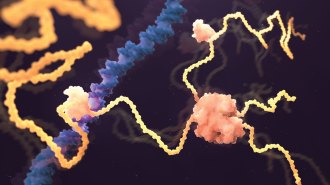 Life
LifeHas AlphaFold actually solved biology’s protein-folding problem?
An AI called AlphaFold predicted structures for nearly every protein known to science. Those predictions aren’t without limits, some researchers say.
-
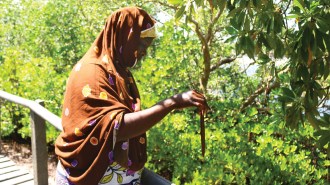 Climate
ClimateHow Kenyans help themselves and the planet by saving mangrove trees
Communities in Kenya took action to restore their coastal mangrove forests, reaping economic and environmental benefits. Others are following suit.
-
 Climate
ClimateHow to make recyclable plastics out of CO2 to slow climate change
Companies are turning atmospheric CO2 from smokestacks and landfills into plastics to shrink their carbon footprint.
-
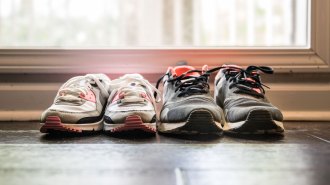 Climate
ClimateA carbon footprint life cycle assessment can cut down on greenwashing
As companies try to reduce their carbon footprint, many are doing life cycle assessments to quantify the full carbon cost of their products.
-
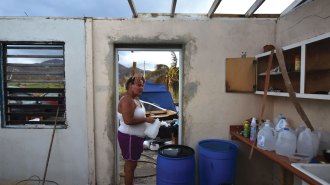 Climate
ClimateA coral pollution study unexpectedly helped explain Hurricane Maria’s fury
Tracking coral reef pollution in Puerto Rico, conservation researchers discovered by chance how the coastal ocean fueled Hurricane Maria.
-
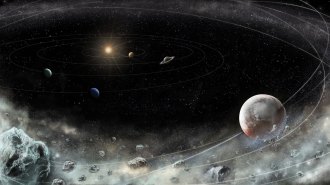 Astronomy
AstronomyThe discovery of the Kuiper Belt revamped our view of the solar system
Thirty years ago, astronomers found the Kuiper Belt, a region of space home to Pluto and other icy worlds that helped show how the solar system evolved.
-
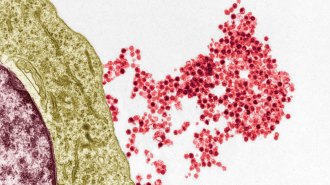 Health & Medicine
Health & MedicineMultiple sclerosis has a common viral culprit, opening doors to new approaches
Learning how the common Epstein-Barr virus may trigger multiple sclerosis could help experts design better treatments — or perhaps end the disease.
-
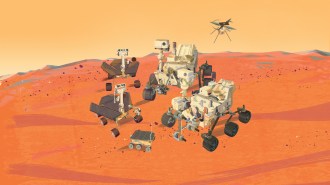 Space
SpaceHow Mars rovers have evolved in 25 years of exploring the Red Planet
Over 25 years, remotely controlled rovers have uncovered Mars’ watery history and continue to search for evidence that life once existed there.
-
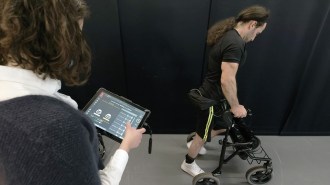 Neuroscience
NeuroscienceSpinal stimulation gives some people with paralysis more freedom
Methods that stimulate the spine with electrodes promise to improve the lives of people with spinal cord injuries, in ways that go well beyond walking.
-
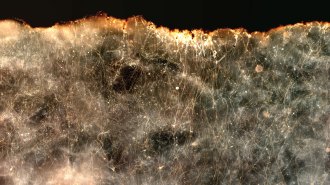 Environment
EnvironmentElectrical bacteria may help clean oil spills and curb methane emissions
Cable bacteria are living electrical wires that may become a tool to reduce methane emissions and clean oil spills.
By Nikk Ogasa